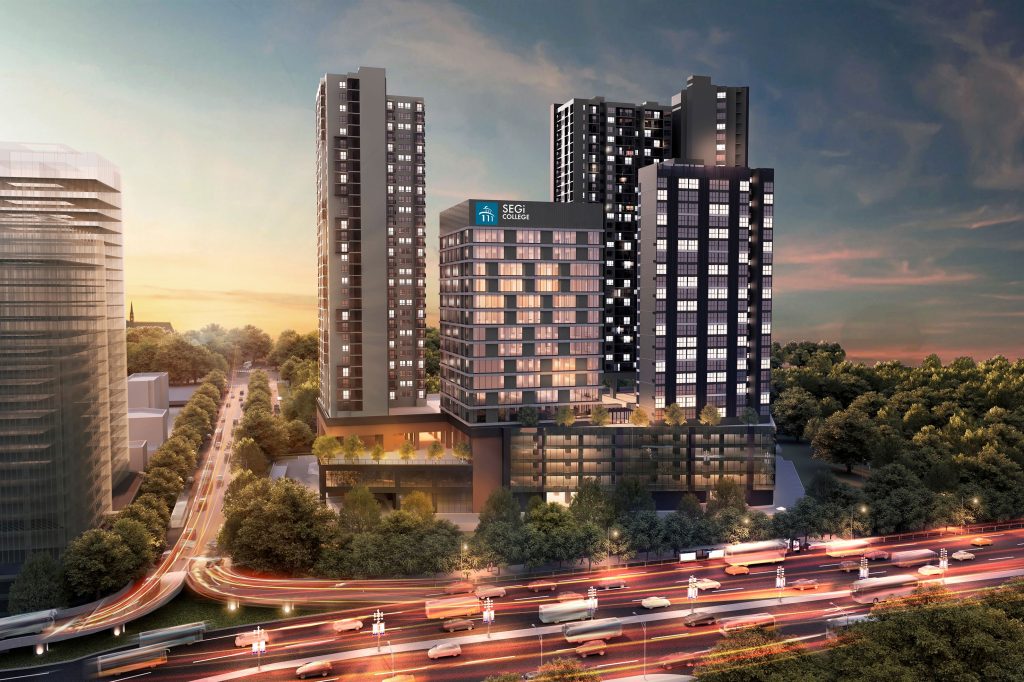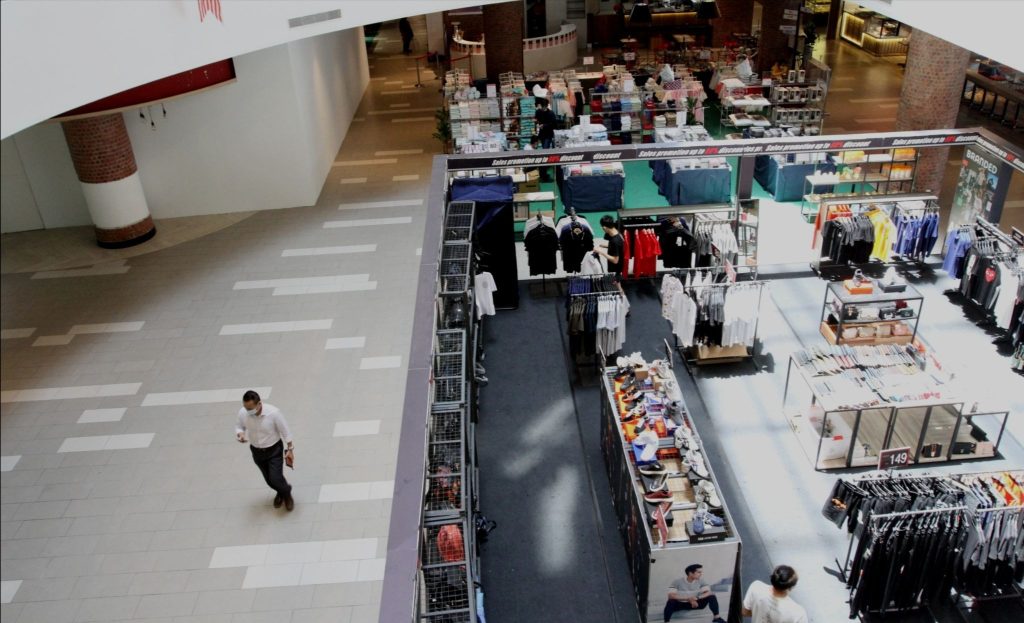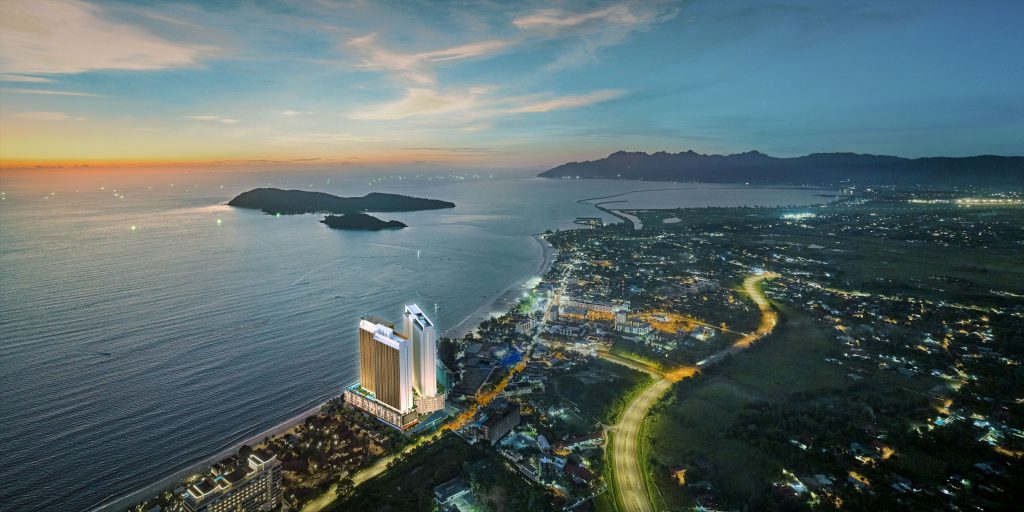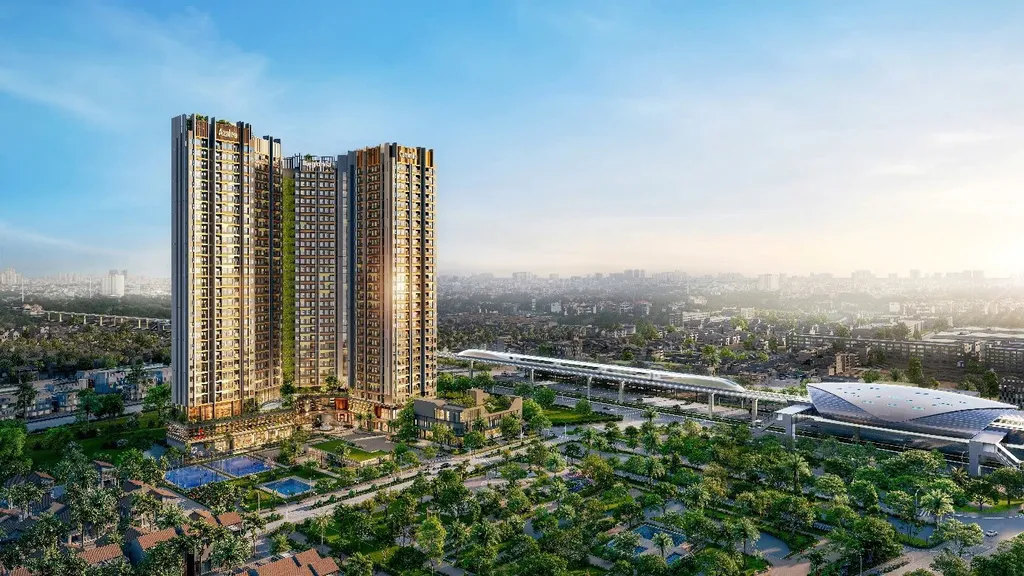By Joseph Wong
Retail precincts have been a staple of commerce for centuries, evolving from the bustling markets of old to today's sophisticated shopping havens. This evolution reflects not only changes in consumer preferences but also innovations in retail formats. From the humble origins of markets to the dynamic, multi-faceted retail environments of today, the journey of retail precincts reveals a fascinating blend of history and modernity.
The concept of retail precincts dates back to ancient markets where people gathered to buy and sell goods. These early markets were often the heartbeat of local economies, providing a vibrant space for commerce and community interaction. Over time, these markets evolved into bazaars, characterised by makeshift stalls and a lively, chaotic atmosphere. This laid the groundwork for more structured retail environments.
As cities grew, so did the complexity of retail spaces. Streets lined with retail shops, often with residential or office spaces above, became common in the later 1900s. These early shopping strips served as focal points for community life, blending commerce with daily living. This concept of integrated retail spaces laid the foundation for what we now recognise as shopping precincts.
With the rise of urbanisation, new retail formats emerged. The 20th century saw the advent of large department stores and shopping arcades. These developments marked a shift from the street-based shopping experience to enclosed environments where consumers could find a variety of goods under one roof. The introduction of climate-controlled malls further revolutionised the retail experience, providing comfort and convenience regardless of weather conditions.
Changing landscape
The retail landscape has continued to evolve, reflecting shifts in consumer behaviour and technological advancements. The concept of de-malling emerged in the 2000s as shopping centres sought to reconnect with their natural surroundings. This trend aimed to blend the indoor retail experience with the outdoor environment, fostering a more organic shopping experience.
In Southeast Asia, the dynamics of retail precincts have shifted notably. Singapore's Orchard Road, once a premier shopping destination, now faces challenges as consumer preferences shift towards more accessible locations. The emergence of shopping precincts closer to residential areas and transport hubs highlights a shift towards convenience and accessibility. Similarly, in Australia, Sydney’s Oxford Street and Melbourne’s Melbourne Walk, also underwent enhancements.
Despite the presence of numerous malls, the lack of effective street walkability remains a challenge. However, the integration of skywalks connecting various malls provides a creative solution to enhance shopper mobility. In Kuala Lumpur, Jalan Bukit Bintang is a prominent shopping area although its pedestrian infrastructure requires further improvement.
Hong Kong stands out with its well-developed shopping precincts in Tsim Sha Tsui, Sheung Wan and Causeway Bay. The emphasis on walkability and integration with public transportation has contributed to their success, paralleling trends seen in Japan's retail environments.
The future of retail precincts lies in their ability to adapt to an ever-changing landscape. The key to success will be embracing diversity and creating dynamic environments that cater to sophisticated consumers. Millennials, who constitute a significant portion of shoppers, are driving this shift towards unique and engaging retail experiences.
A successful shopping precinct will balance diversity with cohesion. It must offer a mix of retail formats, from high-end boutiques to affordable shops, and integrate elements of free expression with an organised structure. The appeal of retail precincts lies in their ability to provide visual and sensory excitement, enticement, and elements of surprise.
Effective management is crucial in creating a compelling retail precinct. It requires expertise in understanding the target market and curating a diverse tenant mix. For instance, managing a luxury shopping mall is distinct from managing a mid-range or affordable retail space. The ability to attract and retain the right mix of retailers is essential for maintaining vibrancy and appeal.
Connectivity and accessibility
Connectivity is a cornerstone of successful retail precincts. Regardless of a precinct's allure, its success will be limited if accessibility is poor. Effective car parking facilities and public transportation hubs are vital. Cities like Sydney have recognized this, developing light rail systems and dedicated car parks to enhance connectivity.
Pedestrianisation is another critical factor. Expanding walkways and covering open areas can significantly improve the shopping experience. Sydney's standard of 4m-wide footways and covered open areas serves as a model for enhancing walkability in retail precincts.
Weather can influence the shopping experience, but technology offers solutions. Weather apps and smart devices can help shoppers plan their visits, minimising the impact of adverse conditions.
Technology and innovation
Technology plays a pivotal role in the evolution of retail precincts. The Internet of Things (IoT) and smart technologies can enhance convenience, providing real-time information and seamless connectivity. Retailers must leverage these technologies to offer a personalised and engaging shopping experience.
Security is also a critical aspect. Effective management of safety and security ensures that retail precincts remain inviting and secure for shoppers. A well-managed precinct will integrate technological solutions with traditional security measures to create a safe environment.
The allure of retail precincts lies in their ability to blend history with modernity, creating dynamic spaces that cater to evolving consumer needs. The success of these precincts will depend on their ability to adapt, innovate and provide a diverse and engaging shopping experience. By embracing technological advancements, enhancing connectivity, and curating a compelling mix of retailers, retail precincts will continue to attract and captivate consumers, ensuring their place as vibrant centres of commerce and community life.
Stay ahead of the crowd and enjoy fresh insights on real estate, property development, and lifestyle trends when you subscribe to our newsletter and follow us on social media.
















































